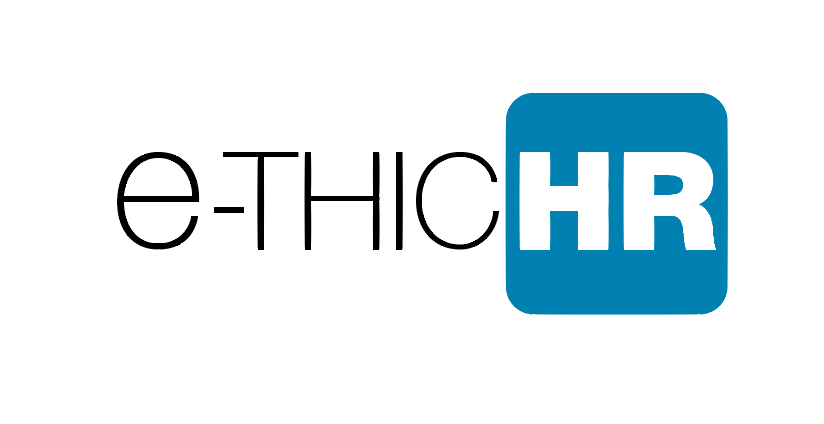Diversity is a big issue in business organisations today. Google revealed that only 17% of its technical professionals are women, only 21% of its leadership are women, and blacks and Hispanics make up only 2% and 3% respectively of their workforce. 72% of leadership roles are held by whites with Asians holding 23% and other minorities holding less than 6%.
While it’s easy to blame leadership or assume bias, the reality is that building a diverse organization is dauntingly complex. First of all, we all suffer from “unconscious bias” (Take the Harvard Implicit Bias test if you don’t believe me). So no matter how hard we try, there is a tendency for people to be attracted to people “like themselve.”, says Josh Bersin. Latest Bersin by Deloitte research shows that leading organisations increasingly view diversity and inclusion as a business imperative.
But beyond this, while companies have a variety of programs (interviewing and hiring guidelines, employment branding programs, employee resource groups, mentoring programs) to help managers and team leaders build a diverse workforce – but it takes time and significant effort to change. The recent research of Bersin by Deloitte, High-Impact Diversity and Inclusion, found that while 71% of organizations publicly aspire to be highly diverse, when you look at their work environment only 11% are.
The brief Diversity and Inclusion Benchmarking Report provides key benchmarks and guidance to help Diversity & Inclusion (D&I), HR and talent leaders make valuable investment decisions. The research found that while D&I emerged in response to federal guidelines in the 1960s,over the past five years more than half (51 percent) of organizations have only progressed beyond a compliance-driven approach to focus on D&I strategies that link to better talent and business outcomes. In addition, more than half (54 %) of organizations still do not have a D&I function or have one that is staffed solely with volunteers.

